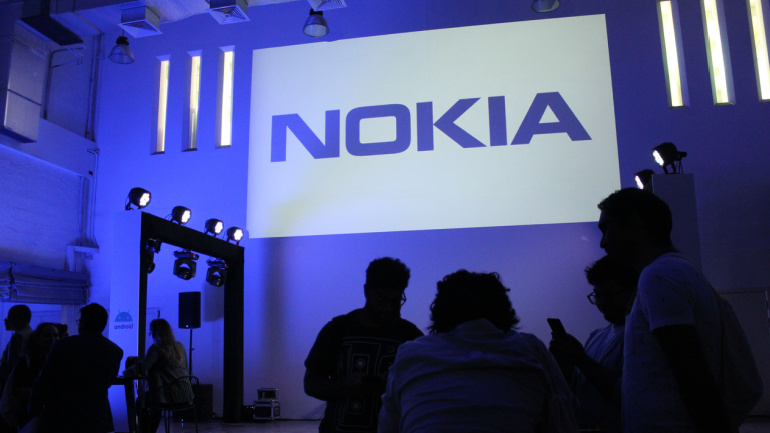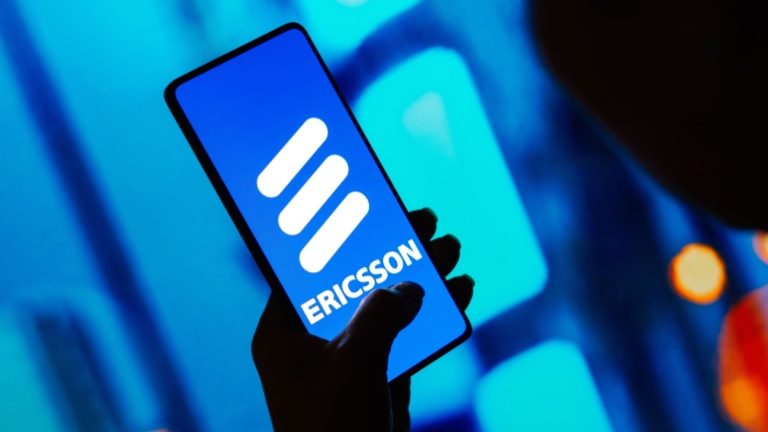
HMD Global, the company behind the iconic Nokia brand, has introduced two new barebones flip phones: the Nokia 2660 Flip in Pop Pink and Lush Green. As smartphone usage increases, so too does the desire of some consumers to go back to basics, with many choosing these simpler devices for their mental wellbeing. HMD claims that millions of Nokia feature phones are sold every month, addressing the needs of those who wish to limit their screen time.
Unlike their smartphone counterparts, the Nokia 2660 Flip phones have a limited feature set that includes lo-fi photography, SMS messaging, calls, and the legendary Snake game. The devices do not support popular data-intensive apps such as Instagram and TikTok. This simplicity appeals to a growing number of tech-savvy Gen Z and Millennials, as they look to reduce potential negative psychological effects resulting from excessive digital stimulation.
In addition to the mental health benefits, Nokia’s flip phone models come with a battery that lasts for weeks, addressing another frequently cited concern among smartphone users. HMD’s flip phone market share doubled between 2021 and 2022 and is projected to grow in 2023. The feature phone market in North America is expected to expand by 5% over the next five years.
Lars Silberbauer, Chief Marketing Officer at HMD Global, commented on this trend: “There’s been a surge of interest in flip phones, and we believe that the interest is coming from a need to take a break from the constant flow of incoming digital notifications, social media posts, and more. People want more simplicity, more face-to-face time, more time to think, and time to have an uninterrupted conversation!”
Despite the recent resurgence of interest in “dumbphones,” the majority of feature phone sales are still driven by necessity or economic factors, particularly in developing nations. Although it is unlikely that retrograde phones will reclaim their position as the dominant phone type in developed markets, the trend does indicate a growing awareness among younger generations of the potential downsides of excessive social media usage and its impact on social interactions and mental health.
By choosing to carry an internet-less flip phone when going out, individuals could foster healthier social interactions and establish a balanced digital lifestyle. However, there will always be instances where smartphones are indispensable, such as booking a ride home via Uber or staying connected during emergencies. The key lies in striking a balance between digital convenience and maintaining a purposeful, connected life.




